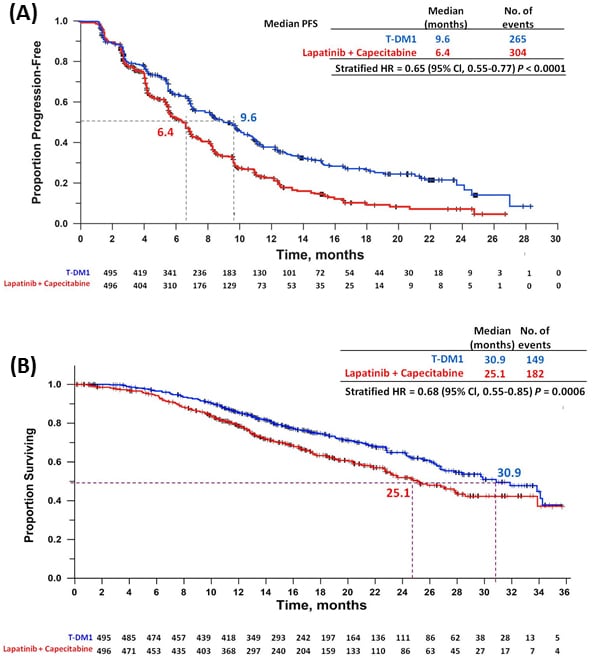 |
| Arthur Dent is from Earth, which the Encyclopedia Galactica describes as "mostly harmless." |
ATE is the raison d'etre of randomized control trials.
I believe that researchers should provide policy makers, doctors and patients with more information than the average treatment effect, but not all economists agree.
In their book "Mostly Harmless Econometrics", Joshua Angrist and Jorn-Steffen Pischke state,
Even a randomized trial with perfect compliance fails to reveal the distribution of [difference in treatment outcomes]. This does not matter for average treatment effects since the mean of a difference is the difference in means. But all other features of the distribution ... are hidden because we never get to see both [treatment outcomes] for any one person. The good news for applied econometricians is that the difference in marginal distributions, is usually more important than the distribution of treatment effects because comparisons of aggregate economic welfare typically require only the marginal distributions of [treatment outcomes] and not the distribution of their difference.
It is not exactly clear what Angrist and Pischke mean but there is some support their argument. In his book Public Policy in an Uncertain World, Charles Manski, shows that a policy maker that maximizes a standard social welfare function (trust me it is something economists think policy makers may theoretically do), should only be interested in ATE.
Actual policy makers do not only care about ATE. Consider the drug Vioxx. It worked pretty well "on average." It was just the small matter of severely harming a few patients that got it into trouble.
It may be more important to remember your towel than to know the ATE.
It may be more important to remember your towel than to know the ATE.









